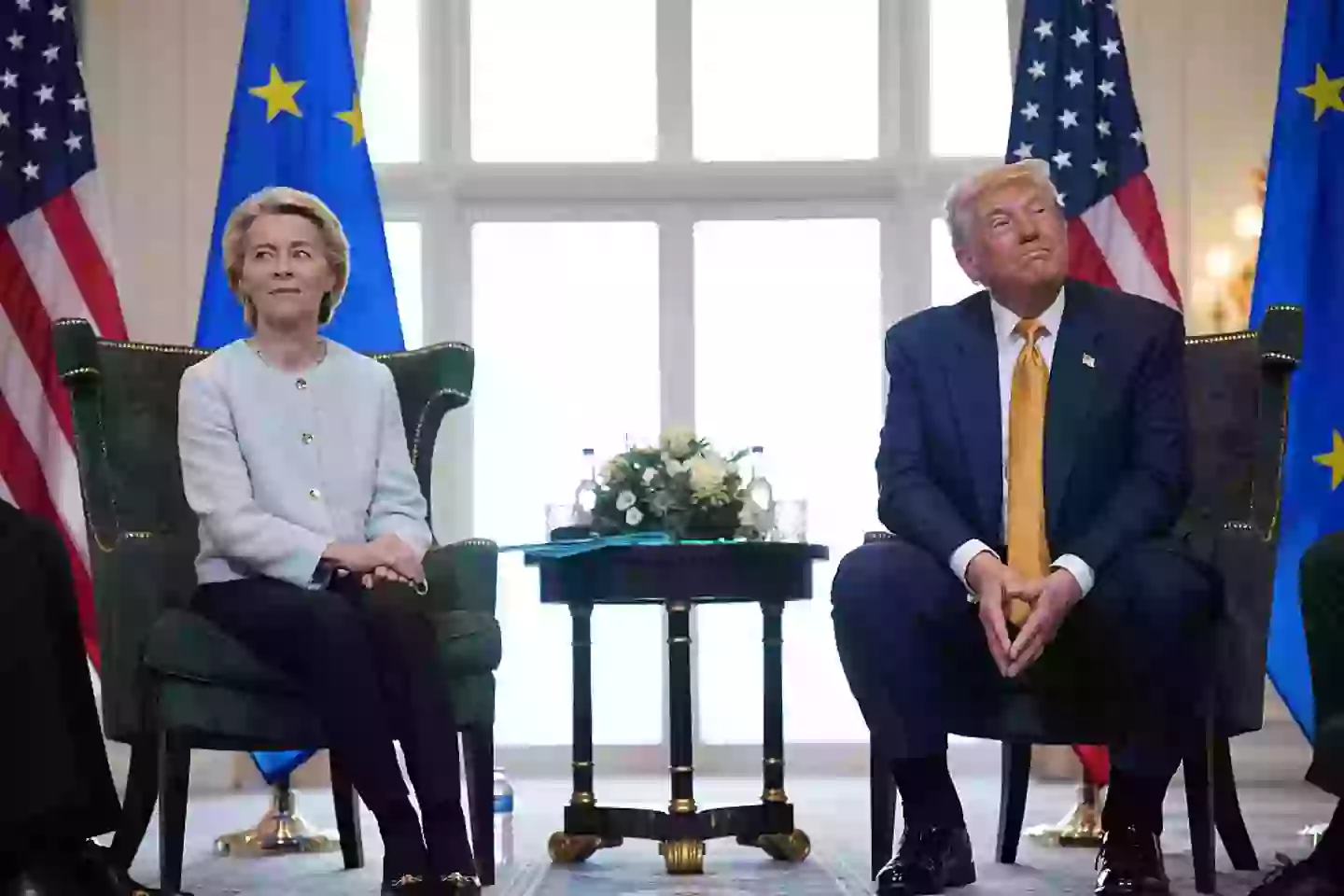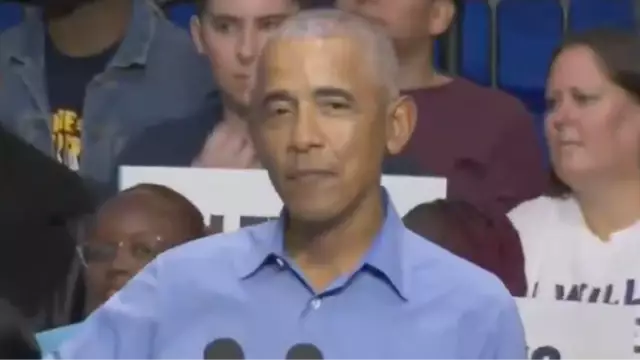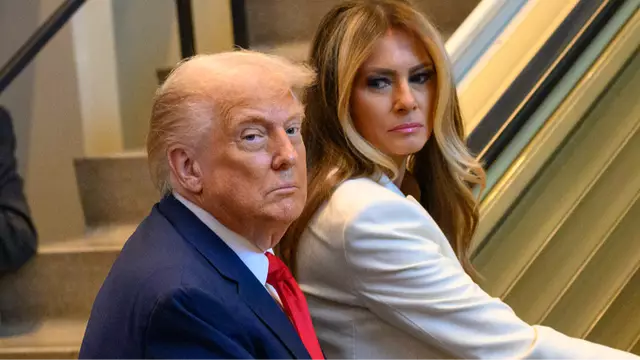After months of negotiations, the United States and the European Union have finally reached an agreement on tariffs. President Donald Trump called it the “biggest deal ever made” following a meeting with European Commission President Ursula von der Leyen during his recent visit to Scotland.
Instead of the 30 percent tariff Trump had threatened earlier, EU countries will now face a 15 percent tariff on many products entering the US, including cars, semiconductors, and pharmaceuticals. Von der Leyen described the deal as a source of “certainty in uncertain times” for both citizens and businesses.

The deal also includes zero tariffs on certain goods such as aircraft, some agricultural products, and specific chemicals, along with plans for EU purchases of US energy valued at $750 billion over three years. The leaders held their talks at Trump’s Turnberry golf resort, with more detailed agreements expected to follow.
Despite the apparent success and praise from both sides, many Americans are unhappy with the arrangement. Critics on social media pointed out that while the tariffs apply to EU exports, it’s actually American consumers who will pay the price. When the US imposes tariffs, the cost often gets passed on in higher prices for products like cars and wine.

The agreement also benefits European consumers because the EU will eliminate tariffs, including dropping the 10 percent duty on US cars. This means European buyers will get American imports cheaper, while Americans will face higher prices on European goods.


